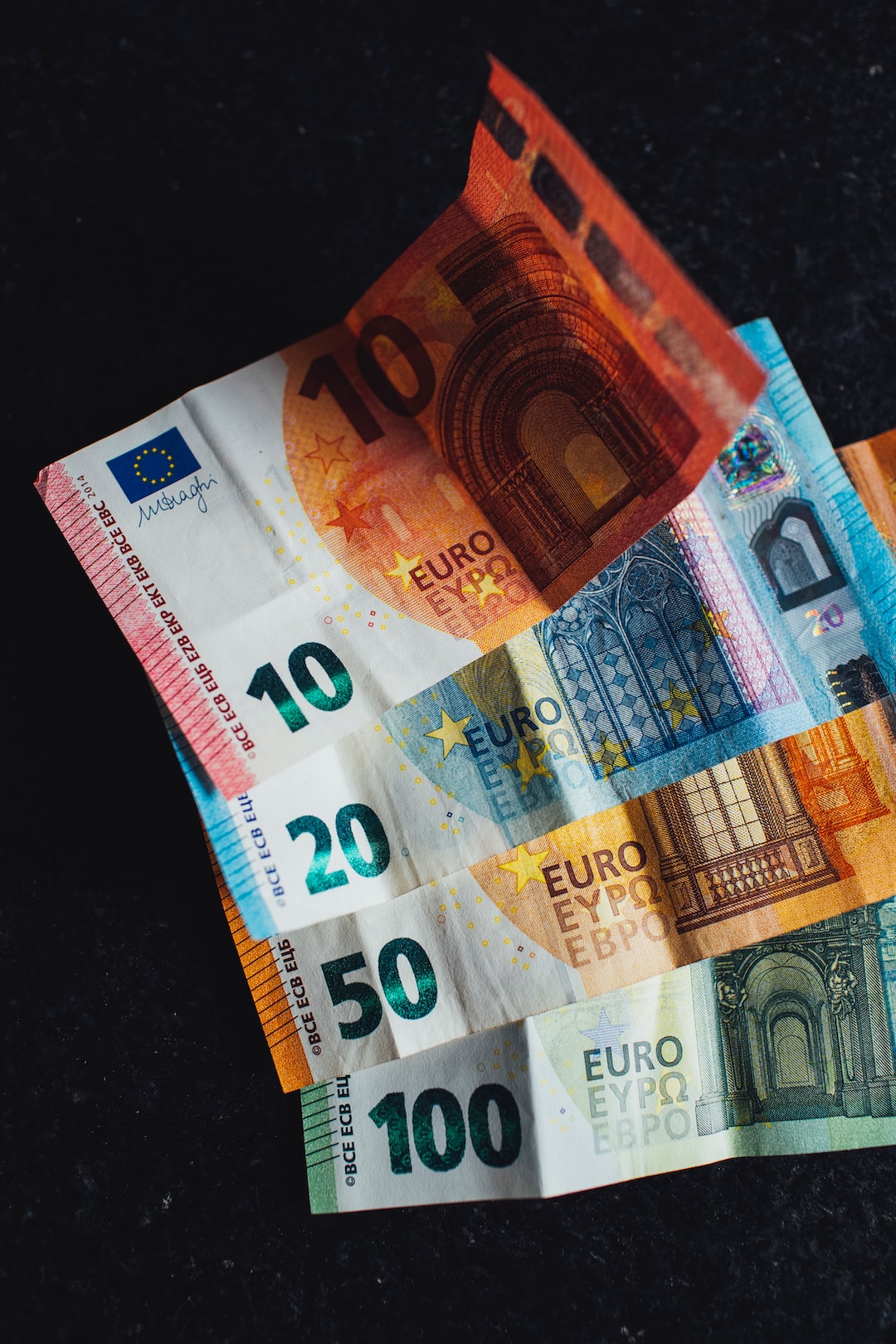Traveling abroad can be an enriching experience, but it can also be expensive, especially when it comes to managing currency exchange. HDFC Bank offers a Forex Card, a secure and convenient way to make payments and withdraw cash while traveling overseas. However, it’s essential to understand the fees associated with using this card to make informed decisions.

Image: www.youtube.com
What is an HDFC Bank Forex Card?
An HDFC Bank Forex Card is a prepaid travel card that can be loaded with multiple currencies. It can be used to make payments at millions of merchants and ATMs worldwide. The card is accepted wherever MasterCard or Visa is accepted, providing a wide range of options.
HDFC Bank Forex Card Fees
Issuance Fee:
HDFC Bank charges an issuance fee for Forex Cards, which varies depending on the card type and the amount loaded on the card. The fee can range from INR 500 to INR 2,500.
Currency Conversion Charges:
When you use your Forex Card to make payments or withdraw cash in a currency other than the one loaded on the card, HDFC Bank charges a currency conversion charge. The charge is a percentage of the transaction amount and varies depending on the currency pair being converted.
ATM Withdrawal Fees:
When you withdraw cash from an ATM using your Forex Card, you may be charged an ATM withdrawal fee. The fee varies depending on the ATM operator and the country where you’re withdrawing cash.
Other Fees:
Other fees may also apply to HDFC Bank Forex Cards, such as a card replacement fee in case of loss or damage. It’s essential to review the terms and conditions of the card before using it to avoid any unexpected charges.
Tips for Managing Forex Card Fees
1. Load Multiple Currencies:
Loading multiple currencies on your Forex Card can help you avoid currency conversion charges in some cases. Research the currencies you’ll need based on your travel destinations and load them accordingly.
2. Use ATMs Wisely:
Try to withdraw cash from ATMs that have a tie-up with HDFC Bank. This can help you avoid paying high ATM withdrawal fees charged by other banks or independent ATM operators.
3. Make Larger Transactions:
Larger transactions generally attract a lower percentage of currency conversion charges. If possible, make larger payments with your Forex Card rather than multiple smaller ones.
4. Compare Fees:
Compare the fees charged by different banks for Forex Cards before making a decision. HDFC Bank may not always offer the most competitive rates, so it’s worth exploring other options.

Image: www.forex.academy
Frequently Asked Questions about HDFC Bank Forex Cards
Q: Can I use my HDFC Bank Forex Card for online transactions?
A: Yes, you can use your Forex Card for online transactions anywhere MasterCard or Visa is accepted.
Q: What are the limits on using an HDFC Bank Forex Card?
A:HDFC Bank sets limits on the amount you can load on your Forex Card and the daily spending limit. The limits vary depending on the card type and your financial profile.
Q: What happens if I lose or damage my HDFC Bank Forex Card?
A: In case of loss or damage, you should immediately report it to HDFC Bank to request a replacement card. A replacement fee may be charged.
Hdfc Bank Forex Card Fees
Conclusion
HDFC Bank Forex Cards offer a convenient and secure way to manage travel expenses. Understanding the associated fees and following these tips can help you optimize your card usage and save money while traveling abroad. Whether you’re an experienced traveler or planning your first international trip, it’s essential to equip yourself with the necessary knowledge to make informed financial decisions.






